10 Refreshing Fruit Drinks from Different Countries to Try at Home
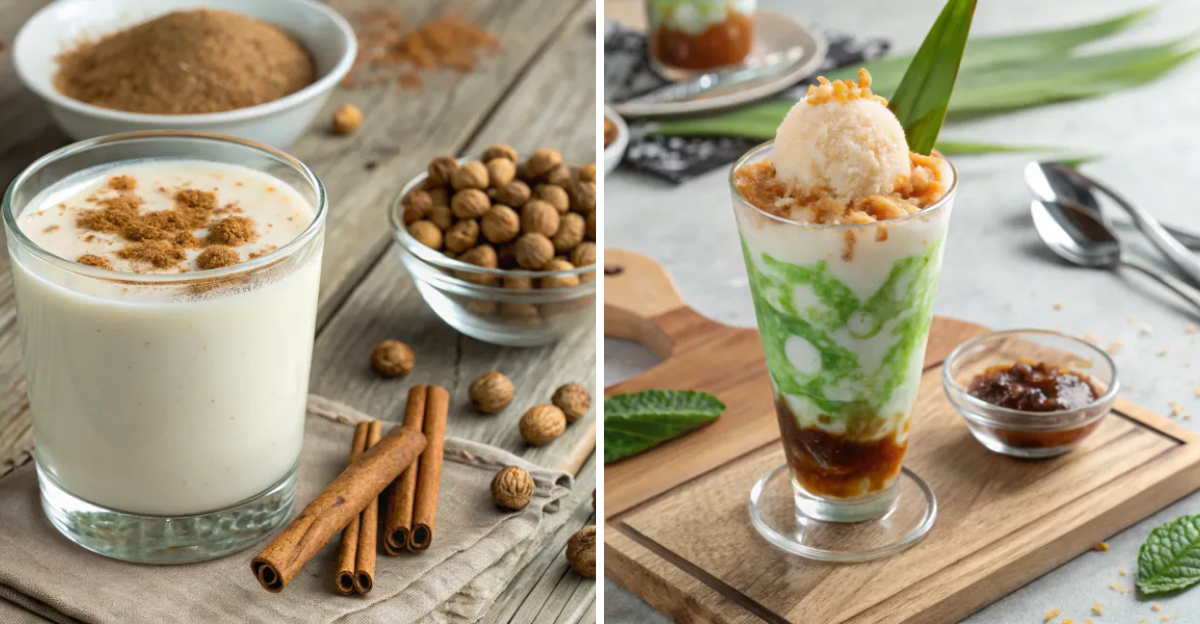
Exploring global flavors has never been simpler than with these international fruit beverages. From the bustling markets of Thailand to the sunny streets of Mexico, each country offers its own twist on refreshing beverages that tell stories of culture and tradition. These homemade recipes bring distant flavors right to your kitchen, letting you explore how different cultures turn simple fruits into extraordinary drinks.
1. Agua de Jamaica from Mexico
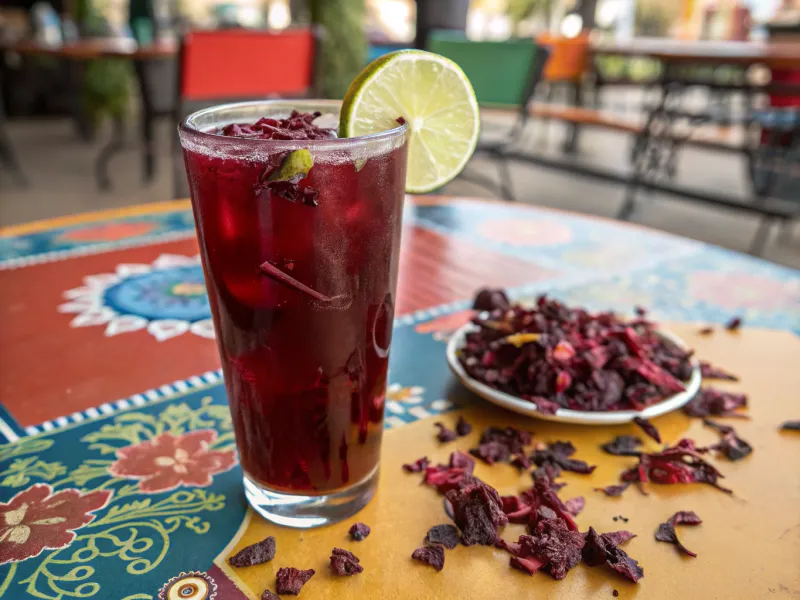
This crimson-colored drink changes dried hibiscus flowers into a tangy masterpiece that Mexicans have enjoyed for generations. The flowers steep in hot water, releasing their ruby hue and tart flavor that dances on your tongue. Making this drink requires just three ingredients: dried hibiscus petals, water, and sugar. Boil the flowers for ten minutes, strain the liquid, then sweeten to taste. Serve it over ice with a squeeze of lime for extra zing. The drink tastes like a cross between cranberry juice and iced tea, offering a refreshing escape from ordinary beverages.
2. Mango Lassi from India
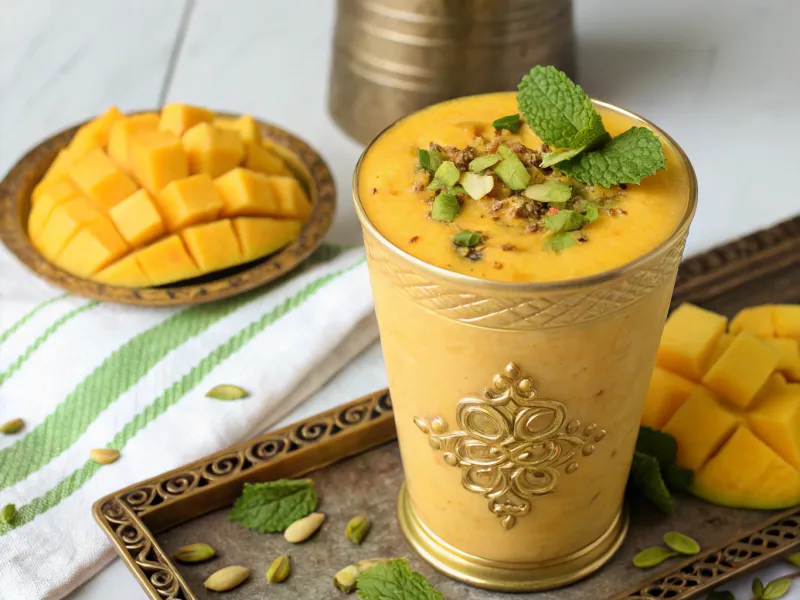
Creamy yogurt meets tropical mango in this beloved Indian drink that cools the palate after spicy meals. Street vendors across India blend this smooth concoction fresh daily, making a drink that’s both nutritious and fulfilling. The recipe combines ripe mango pulp with thick yogurt, a touch of cardamom, and honey for sweetness. Blend everything until smooth and frothy, then chill thoroughly. This protein-rich beverage works as both a healthy snack and a dessert replacement. The natural probiotics in yogurt aid digestion while the mango provides essential vitamins and minerals.
3. Thai Iced Tea
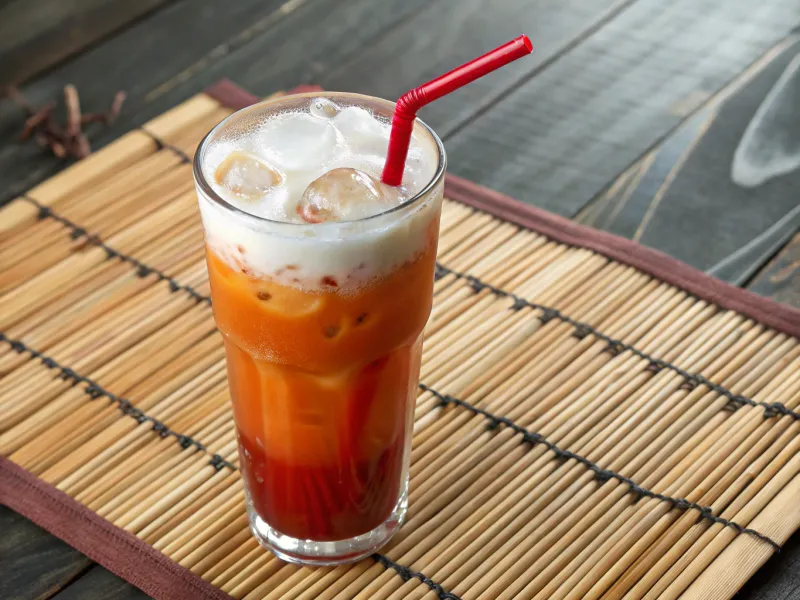
Orange as a sunset, this Thai beverage combines strong black tea with condensed milk to create a drink that’s both energizing and indulgent. The distinctive color comes from food coloring traditionally added to the tea blend. Brew strong black tea with star anise and cardamom, then sweeten with sugar while hot. Pour over ice and top with condensed milk for that signature layered look. The contrast between the bitter tea and sweet milk creates a balanced flavor profile. This drink originated in Thailand’s street food culture and remains a popular choice for beating the tropical heat.
4. Horchata from Spain
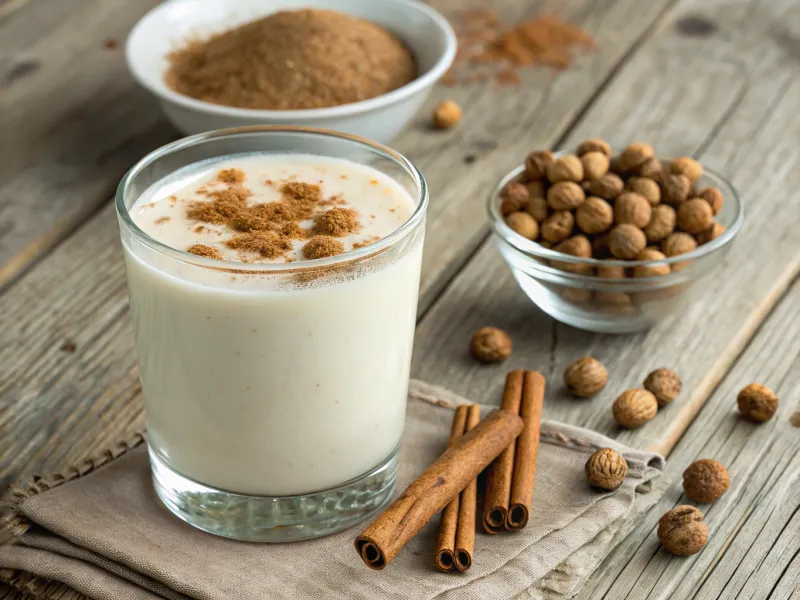
Ground tiger nuts create this creamy Spanish drink that tastes like liquid comfort food. Valencia’s traditional horchata de chufa uses these small tubers to produce a naturally sweet, nutty flavor that’s completely dairy-free. Soak tiger nuts overnight, then blend with water and strain multiple times for smoothness. Add a pinch of cinnamon and sugar to enhance the natural sweetness. This ancient drink dates back to Egyptian times and arrived in Spain through Moorish influence. The result is a refreshing beverage that’s both filling and hydrating, often enjoyed as a mid-afternoon treat in Spanish cafes.
5. Karkadeh from Egypt
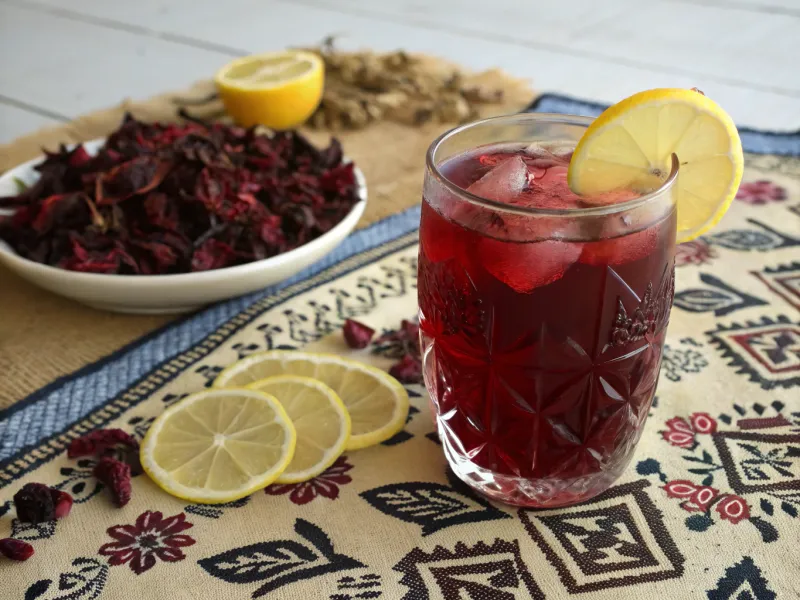
Ancient Egyptians discovered that steeping dried roselle flowers in cold water creates a ruby-red drink with remarkable health benefits. This method preserves more nutrients than hot brewing while developing a naturally tart flavor. Combine dried hibiscus flowers with cold water and let sit overnight in the refrigerator. Add lemon juice and sugar to taste, then strain before serving. The cold-brewing process results in a less bitter taste than hot tea while maintaining the flower’s natural tartness. Egyptians often serve this drink at room temperature or chilled, believing it helps regulate blood pressure and aids digestion.
6. Chicha Morada from Peru
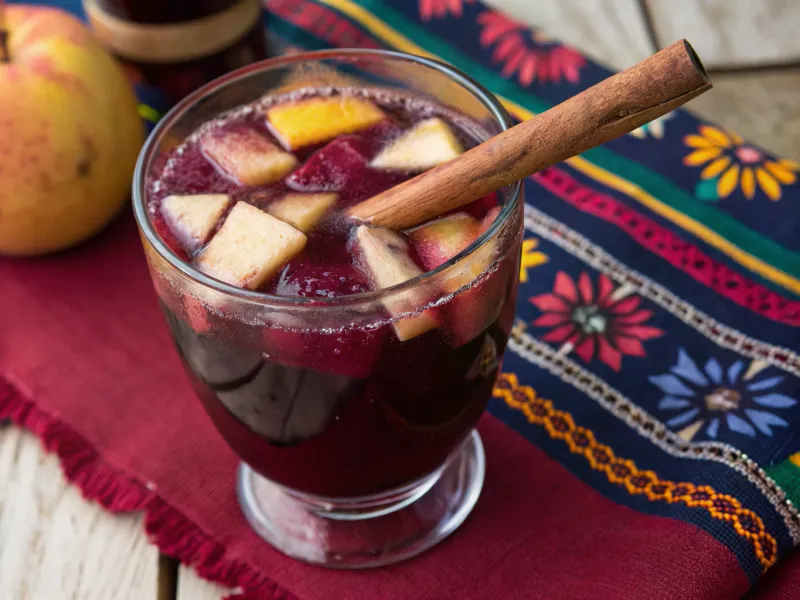
Purple corn kernels transform into this jewel-toned Peruvian beverage that’s been enjoyed since Incan times. The anthocyanins in purple corn create the stunning color while providing antioxidants that benefit overall health. Boil purple corn with pineapple rinds, apple pieces, cinnamon, and cloves for an hour. Strain the liquid, add sugar and lime juice, then chill completely. The combination of spices and fruit creates a complex flavor profile that’s both sweet and refreshing. Street vendors throughout Peru serve this drink as a healthy alternative to sodas, often accompanied by traditional snacks like anticuchos.
7. Kvass from Russia
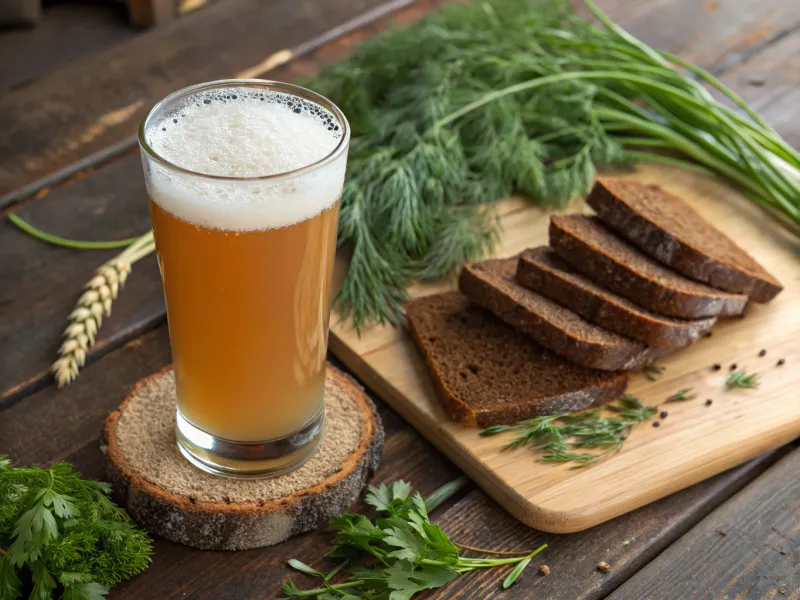
Dark rye bread becomes the foundation for this slightly fizzy Russian drink that’s been quenching thirst for over a thousand years. The natural fermentation process adds a mildly sour taste. Toast rye bread until dark, then steep in hot water with sugar and yeast. Let ferment for several days at room temperature before straining and chilling. The fermentation develops beneficial probiotics while adding a refreshing beverage that’s both nutritious and hydrating. Russians often add herbs like mint or fruits for extra flavor, making each batch distinctive to the maker’s preferences.
8. Cendol from Indonesia
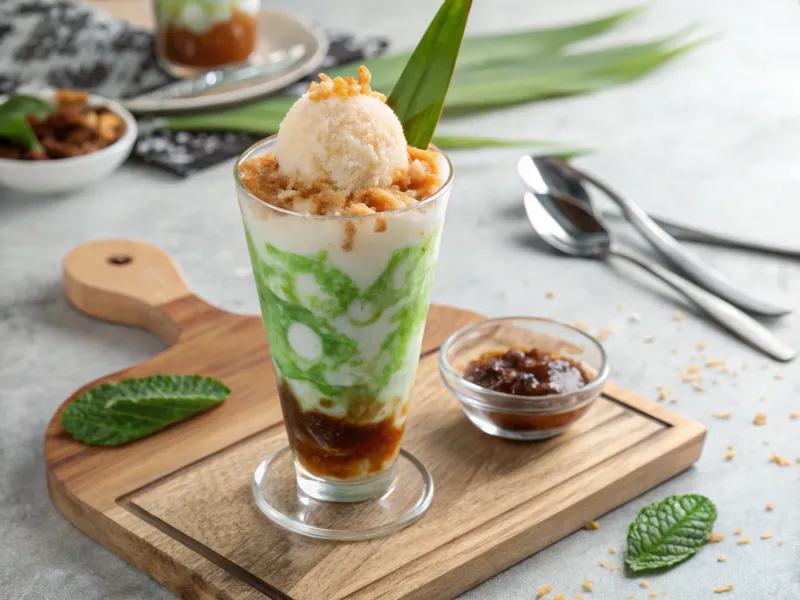
Green rice flour jelly creates worm-like noodles that give this Indonesian drink its distinctive texture and appearance. The emerald color comes from pandan leaves, which also add a subtle similar to vanilla fragrance to the mixture. Cook rice flour with pandan juice until thick, then push through a colander to form jelly noodles. Combine with coconut milk, palm sugar syrup, and crushed ice. The contrast between the chewy jelly, creamy coconut milk, and sweet syrup creates a dessert-like experience in every sip. Street vendors across Southeast Asia serve this treat in plastic bags or glasses, providing relief from the tropical heat.
9. Bissap from West Africa
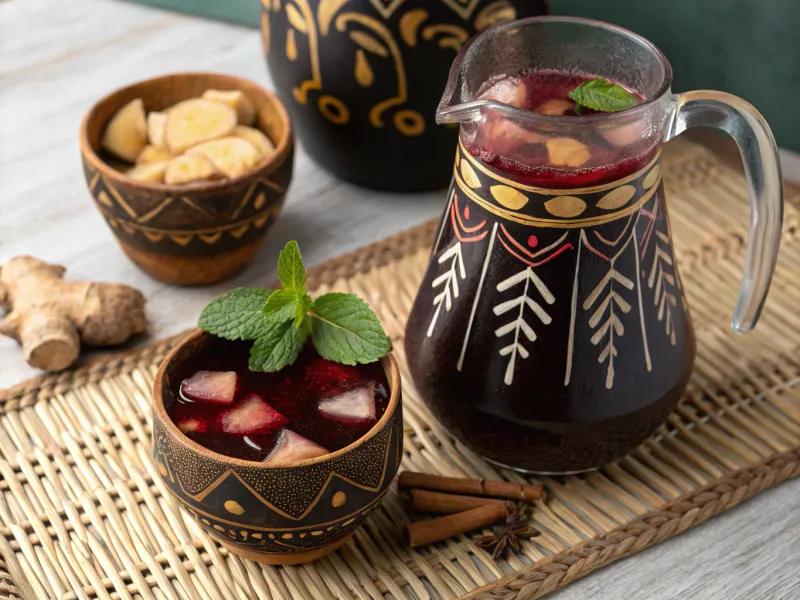
Senegalese families gather around pitchers of this spiced hibiscus drink that’s become the unofficial national beverage of West Africa. Fresh ginger and mint leaves enhance the tart hibiscus base into something warming and cooling simultaneously. Steep dried hibiscus flowers with fresh ginger slices in hot water for fifteen minutes. Add mint leaves, strain, then sweeten with sugar and chill thoroughly. The ginger adds a spicy kick that complements the tartness of hibiscus while mint provides a cooling finish. This drink is often served at family gatherings, representing hospitality and community in West African culture.
10. Tamarind Agua Fresca from Mexico
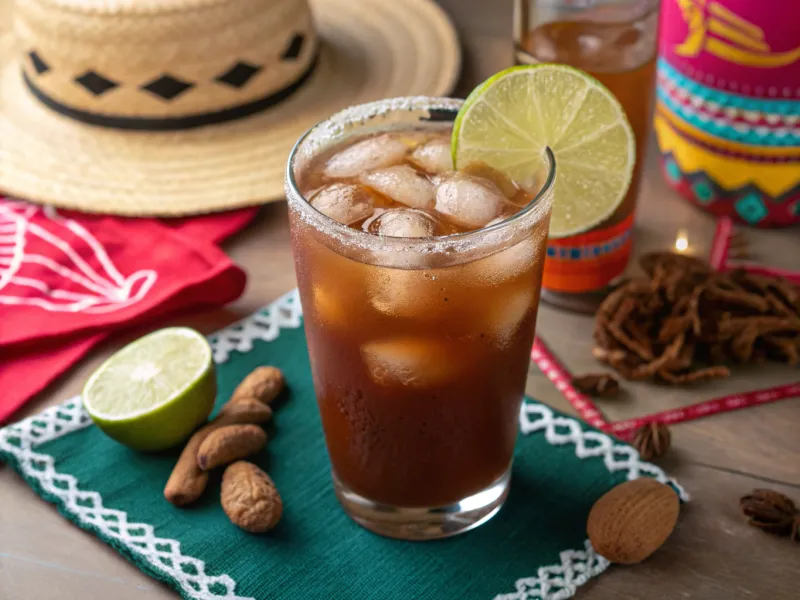
Tamarind pods hide a sweet-sour pulp that Mexicans transform into this refreshing drink with an addictive tangy flavor. The fruit’s natural tartness requires careful balancing with sugar to achieve the right sweet-sour ratio. Soak tamarind pods in warm water for thirty minutes, then mash and strain to extract the pulp. Mix with cold water and sugar, adjusting sweetness to taste. The resulting drink has a complex flavor that’s both familiar and exotic, reminiscent of dates mixed with citrus. Mexican street vendors often serve this alongside spicy snacks, as The tartness refreshes the palate between tastes of chili fruits.
